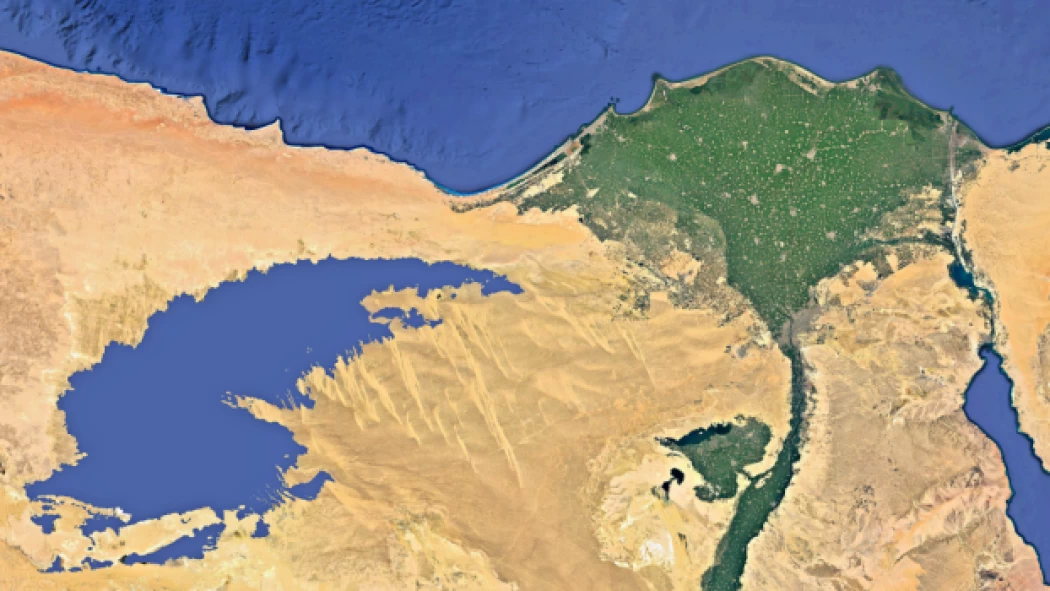
Qattara Depression Egypt's Green Future
The Qattara Depression Development Project is one of the most important national projects revived by President Abdel Fattah El-Sisi, which was called for more than 90 years ago and did not receive attention, despite its many benefits in several fields, including electricity, agriculture and investment, and below we review the most important information about the project, in brief questions and answers.
The first calls for the project appeared more than 90 years ago, and the first person to think about it was Professor Hans Pink, Professor of Geography at the University of Berlin in 1916. The idea was then supported by Professor John Ball, agent of the British Royal Society, who published a study on it in 1931, and in the same year Hussein Serry Pasha, Undersecretary of the Egyptian Ministry of Works, did not hesitate to present it to the Egyptian Scientific Council, and it did not receive attention despite its importance until President Abdel Fattah al-Sisi issued a decision in August 2014 to authorise Electricity Minister Dr Mohamed Shaker to form an authority to implement it.
The project is based close to Al Alamein City at the Marina, and it consists of constructing a 75-kilometre-long waterway in which the Mediterranean water pours into a huge basin situated nearly 145 metres below sea level, thus forming an artificial lake of over 5 million feddans in surface area. The main objective of the Qattara Depression Project is to produce power through the construction of a canal linking the Mediterranean Sea to the Qattara depression located in the western desert of Egypt.
The main benefits of the project are the generation of clean electricity, up to 2,500 kilowatt-hours, saving the Egyptian treasury $1,500 million annually and increasing opportunities for industrial investment in the region. The amount of electricity generated could be increased by making the canal steeper to the south, but this would increase project costs.
In World War II, the Qattara Depression played a major role in the Battle of El Alamein, as the geographical location of the depression and the low ground in that area had a clear impact on disrupting the easy movement of military equipment through it.













